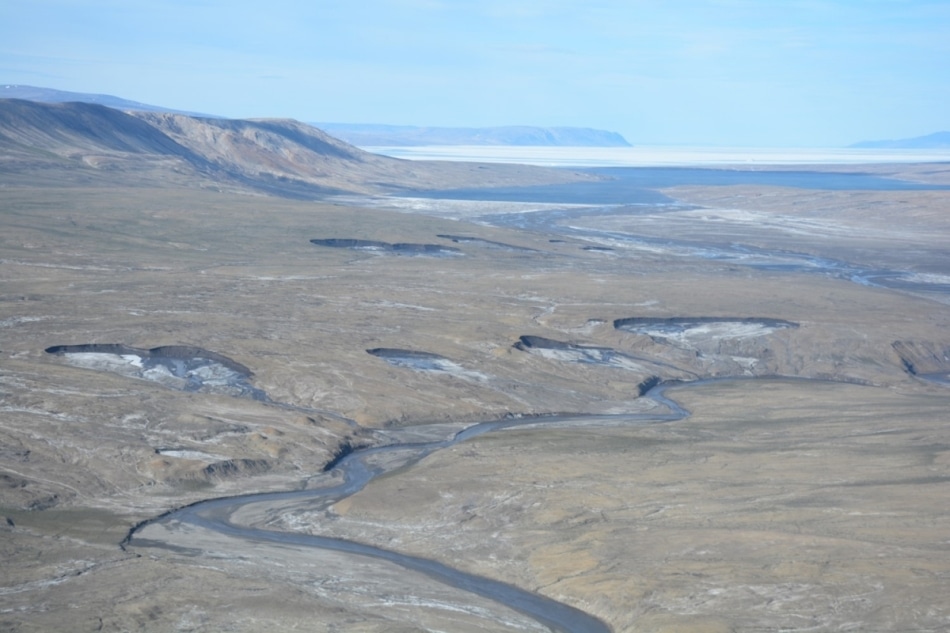May 23 2019
Owing to increases in summer air temperatures, quick variations in terrain are occurring in Canada’s high Arctic polar deserts.
 Image credit: McGill University
Image credit: McGill University
A research led by McGill University reported recently in Environmental Research Letters presents nearly three decades of aerial surveys and broad ground mapping of the Eureka Sound Lowlands area of Ellesmere and Axel Heiberg Islands situated at roughly 80 °N. The study focuses on a specific landform (called a retrogressive thaw slump) that forms as the ice within the permafrost melts and the land slips down in a horseshoe-shaped feature.
The existence of these landforms is well known in the low Arctic. However, because of the very cold climate in high Arctic polar deserts (where average annual ground and air temperatures are −16.5 °C/2.3 °F and −19.7 °C /-3.46 °F, respectively), and the fact that the permafrost has a thickness more than 500 m (or about 1/3 of a mile), it had been supposed that this landscape was stable. However, the McGill-led research group discovered that this has not been the case.
Our study suggests that the warming climate in the high Arctic, and more specifically the increases in summer air temperatures that we have seen in recent years, are initiating widespread changes in the landscape.
Melissa Ward Jones, Study Lead Author and PhD Candidate, Department of Geography, McGill University
The group of scientists noted that:
- There has been an extensive growth of retrogressive thaw slumps in high Arctic polar deserts over a short span, mainly during the strangely warm summers of 2011, 2012 and 2015.
- Due to the absence of vegetation and layers of organic soil in these polar deserts, the permafrost in the area is mainly vulnerable to increases in summer air temperatures.
- Although it has a comparatively short duration, the thaw season (which lasts for just 3–6 weeks a year) primarily promotes the development of slumps and their later expansion in size, as their headwall retreats.
- Over a span of a few years after the initiation of slumps, research outcomes propose a variety of factors associated with terrain (for example, slope) become more important when compared to air temperature in maintaining active slumps.
Despite the cold polar desert conditions that characterize much of the high Arctic, this research clearly demonstrates the complex nature of ice-rich permafrost systems and climate-permafrost interaction. Furthermore, it raises concerns about the over simplification of some studies that generalize about the links between global warming and permafrost degradation.
Wayne Pollard, Study Co-Author and Professor, Department of Geography, McGill University